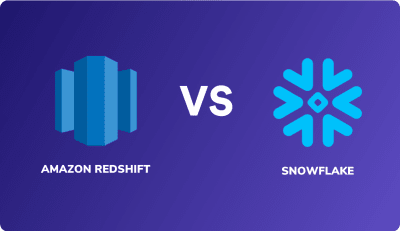
#Redshift vs snowflake how to
It actively utilizes its computing and storage nodes, enabling customers to select how to scale the memory and processing resources for their data following their unique requirements. In terms of scalability, BigQuery operates like Snowflake. Furthermore, it enables other clusters to access the same data sets to carry out different tasks and meet different analytical needs. Additionally, a cluster can conduct up to 50 concurrent queries and 500 simultaneous connections. Since each task is completed independently, the workload does not affect the others, leading to better performance.Īmazon Redshift offers automatic vertical and horizontal scaling of concurrent files. Users can execute many queries simultaneously due to Snowflake's ability to separate its processing power from its storage.

Data sets up to a petabyte in size can be quickly and efficiently queried using Google BigQuery, which also supports Open Database Connectivity and regular SQL (ODBC). To optimize query performance, Google BigQuery offers separation of storage and computing as independent operations. Its capacity to carry out quick operations stems from the fact that Columnar Data Storage and Massively Parallel Processing are integrated rather than operating separately.

While Amazon Redshift is a top choice for conducting a large number of queries on enormous data sets with sizes up to a petabyte or even beyond, it can be pretty slow when using semi-structured data, such as JSON.


 0 kommentar(er)
0 kommentar(er)
